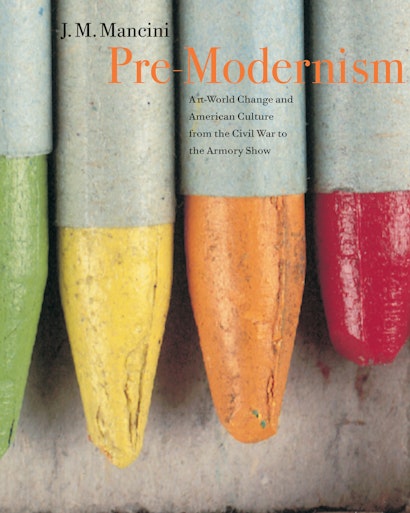Pre-Modernism: Art-World Change and American Culture from the Civil War to the Armory Show


Hardcover
- Price:
- $99.00/£80.00
- ISBN:
- Published:
- Mar 14, 2005
- Copyright:
- 2005
- Pages:
- 256
- Size:
- 8 x 10 in.
- 75 halftones.
- Main_subject:
- History
Speaking of the emergence of modernism, author Virginia Woolf famously said: “On or about December 1910, human character changed.” But was the shift to modernism really so revolutionary? J. M. Mancini argues that it was not. She proposes that the origins of the movement can in fact be traced well into the nineteenth century.
Several cultural developments after the Civil War gradually set the stage for modernism, Mancini contends. New mass art media appeared on the scene, as did a national network of museums and groundbreaking initiatives in art education.These new institutions provided support for future modernists and models for the creators of the avant-garde. Simultaneously, art critics began to embrace abstraction after the Civil War, both for aesthetic reasons and to shore up their own nascent profession. Modernism was thus linked, Mancini argues, to the emergence of cultural hierarchy.
A work of impeccable scholarship and unusual breadth, the book challenges some of the basic ideas about both the origins of twentieth-century modernism and the character of Gilded-Age culture. It will appeal not only to art historians but also to scholars in American history and American studies.
Awards and Recognition
- Winner of the 2008 Charles C. Eldredge Prize for Distinguished Scholarship in American Art